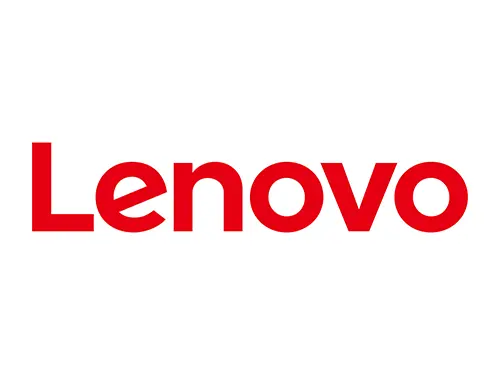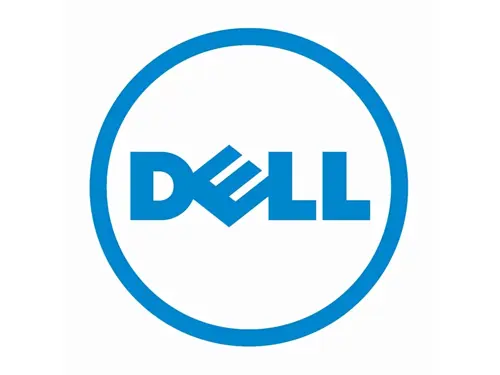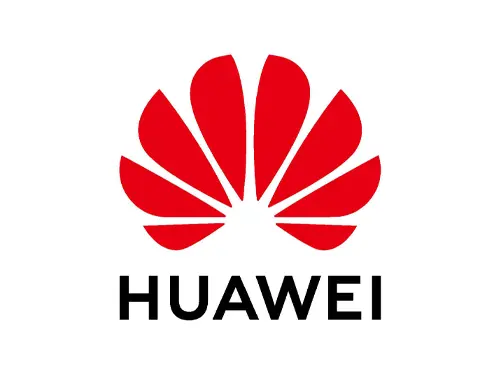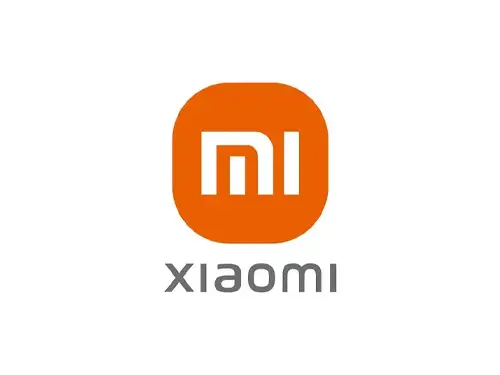Vapor Chamber
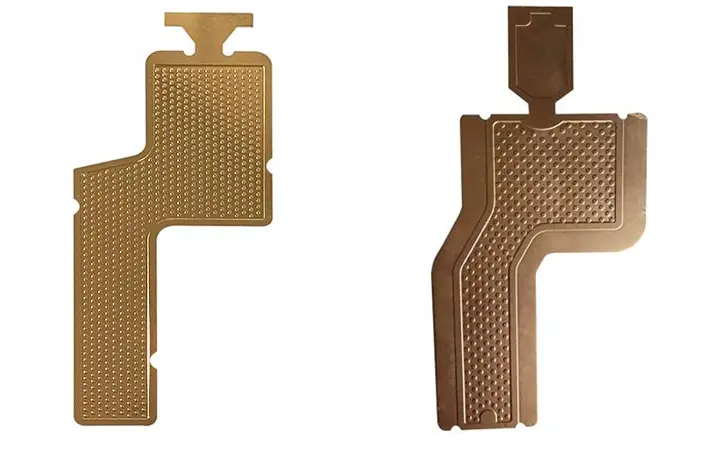
Utilizing photochemical etching in vapor chamber manufacturing enables the production of thinner structures, facilitating the fabrication of ultra-thin vapor chambers suitable for space-constrained electronic devices.
Navigation
What is a Vapor Chamber?
A Vapor Chamber stands as a pinnacle of cooling technology embraced by electronic devices like computers and smartphones. Working akin to heat pipes, it harbors a modest amount of liquid coolant within a sleek chamber. Upon encountering the device's heat, this coolant swiftly vaporizes, seamlessly distributing heat throughout the chamber.
As the vapor meets cooler surfaces, it condenses, guided by a wick structure that capillarily transports it back to the heat source. This intricate dance efficiently rids the system of excess heat, safeguarding optimal performance and durability.
Renowned for their thermal prowess, compactness, and slender profile, vapor chambers find their niche in scenarios where top-notch heat dissipation is imperative within tight spatial confines.
Mechanisms and Principles of Vapor Chambers
Vapor chambers facilitate heat dissipation through a four-step cycle: evaporation, gas transfer, condensation, and liquid transfer. Heat generated by the heat source causes the working fluid to evaporate, and the resulting vapor diffuses within the chamber, dissipating heat.
After heat dissipation, the vapor condenses back into liquid form and circulates back to the heat source through capillary action enabled by a wick with microscopic gaps.
The design of vapor chambers ensures the movement of gas inside the container, necessitating sufficient space and high capillary force for effective circulation, particularly when reducing the chamber's thickness.

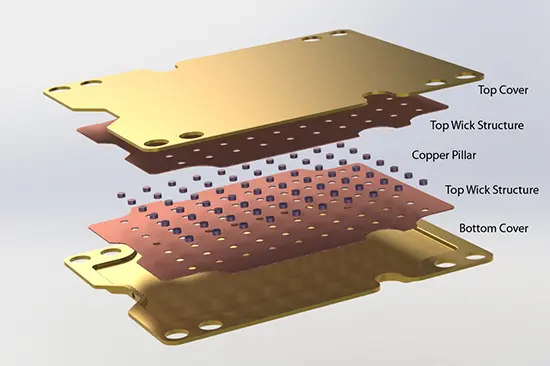
Why are Thin Vapor Chambers Needed?
Vapor chambers are needed in electronic devices due to the increasing demand for high performance, large capacity, and high-speed processing, which generates significant amounts of heat. This heat needs to be efficiently dissipated to prevent overheating and maintain optimal performance.
Additionally, with the trend towards smaller and slimmer electronic devices such as smartphones, wearable devices, and gaming PCs, there is a need for ultra-thin heat dissipation solutions that can quickly diffuse localized heat generation.
Vapor chambers fulfill this need by providing efficient heat transfer in a compact and thin form factor.
Comparison of Thermal Management Solutions for Electronic Devices
| Criteria | Graphite Sheet | Heat Pipe | Vapor Chamber |
|---|---|---|---|
| Heat Conductivity | Moderate | High | Very High |
| Flexibility | Flexible | Rigid | Rigid |
| Thickness | Thin | Moderate | Moderate to Thick |
| Heat Spreading | Limited to Surface | Moderate | Excellent |
| Complexity | Simple | Moderate | Complex |
| Manufacturing Cost | Low | Moderate | High |
Photochemical Etching vs. Traditional Mechanical Machining
Traditional machining processes and photochemical etching are two methods used for manufacturing vapor chambers, each with its own advantages and disadvantages. Here's a comparison between the two:
| Aspect | Traditional Machining Processes | Photochemical Etching |
|---|---|---|
| Method | Mechanical removal of material | Use chemical removal of material |
| Accuracy | High | High |
| Material Waste | Significant | Minimal |
| Cost | Relatively high | Upfront costs may be higher, but can be more cost-effective for complex designs and small to medium production runs |
| Material Selection | Wide range of materials | Limited to thin metal sheets |
| Suitability for Complex Designs | Good | Excellent |
| Surface Finish | May require additional finishing operations | Typically smoother surface finish |
| Environmental Impact | Higher waste generation | Minimal waste generation |
| Lead Time | Longer | Shorter |
| Flexibility | Moderate | High |
| Mass Production | Suitable | Suitable for small to medium production runs, may be less cost-effective for large production runs |
Utilizing photochemical etching in vapor chamber manufacturing enables the production of thinner structures, facilitating the fabrication of ultra-thin vapor chambers suitable for space-constrained electronic devices.
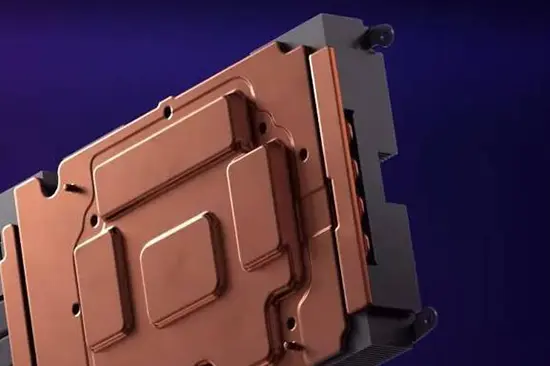
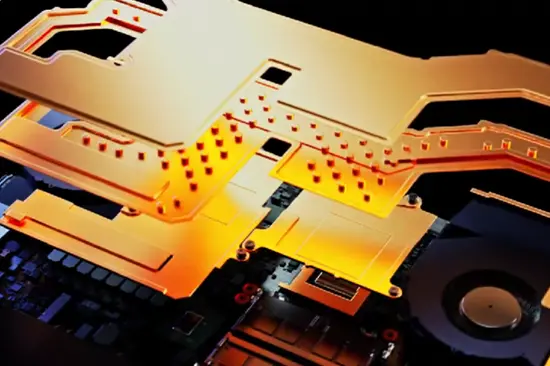
How to Choose Photochemical Etching
TMN can meet your custom uniform light plate needs, completing orders quickly and efficiently.
The Advantages of TMN
Vapor Chamber: Common Materials
The materials commonly used in TMN's photolithographic etching process for producing Vapor Chambers include:
Copper: Copper is one of the common materials used in the production of Vapor Chambers due to its excellent thermal conductivity and machinability. During the chemical etching process, copper can be selectively removed to form the internal structure of the Vapor Chamber.
Stainless Steel: Stainless steel is also a commonly used material for Vapor Chambers, known for its good corrosion resistance and mechanical strength. During the chemical etching process, stainless steel can also be selectively removed.
Aluminum: Aluminum, known for its high thermal conductivity and lightweight, is also often used in the production of Vapor Chambers. Similar to copper and stainless steel, aluminum can be processed through chemical etching to form the internal structure of the Vapor Chamber.
Should you require any other materials, please feel free to let us know as we have a wide range of options available.
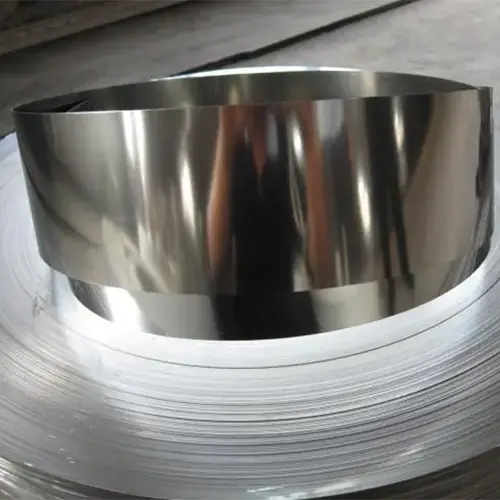
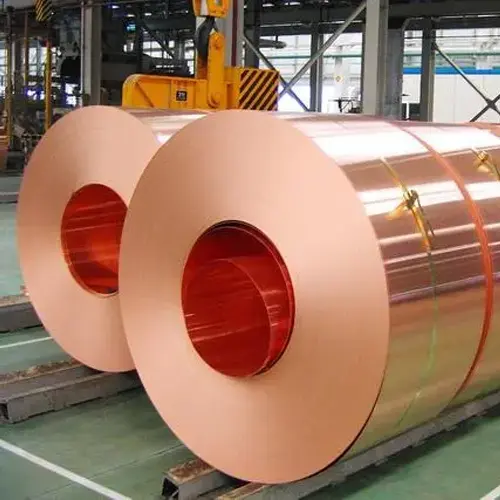

Uniform Light: Photochemical Etching Samples
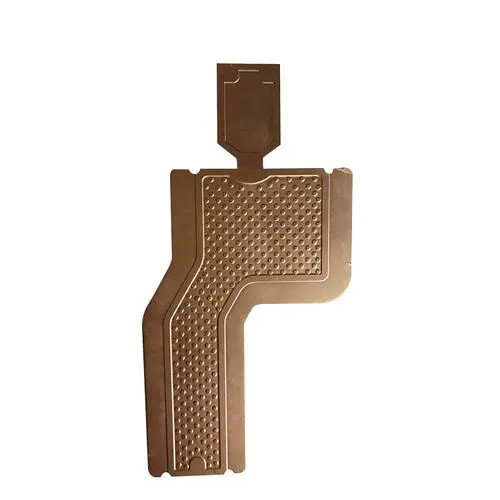
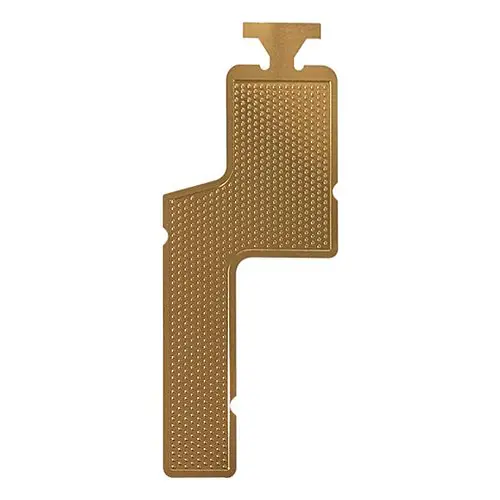
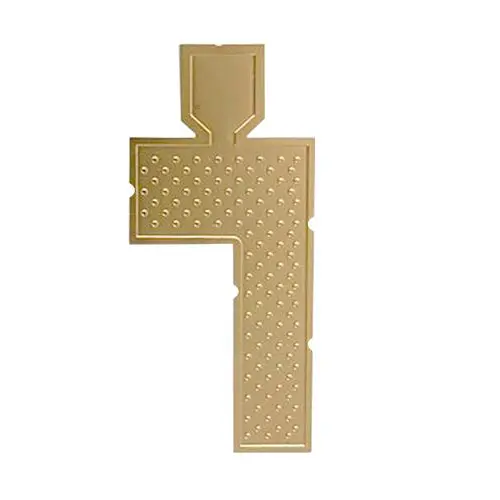
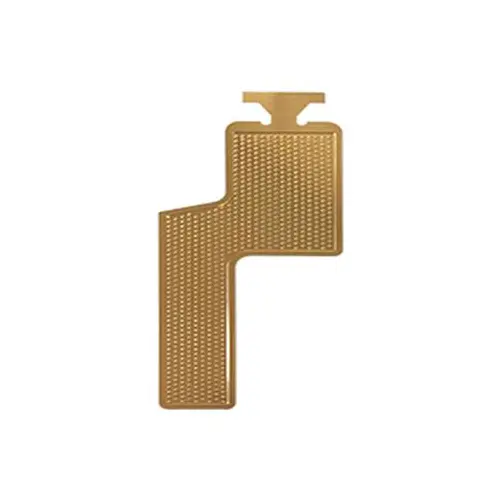
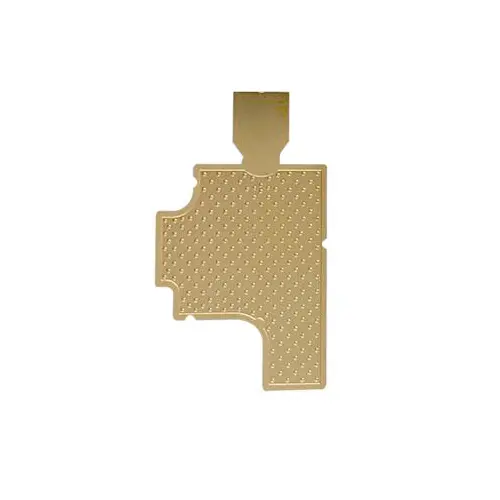
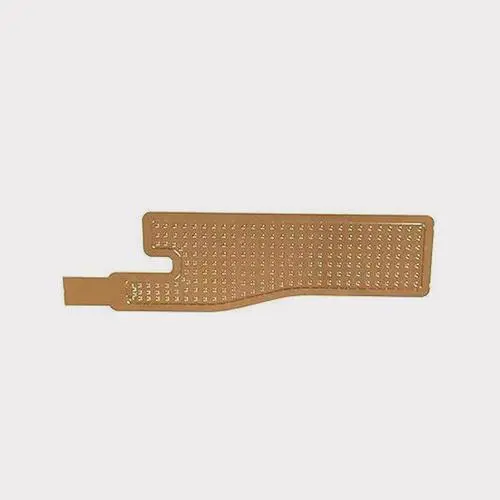
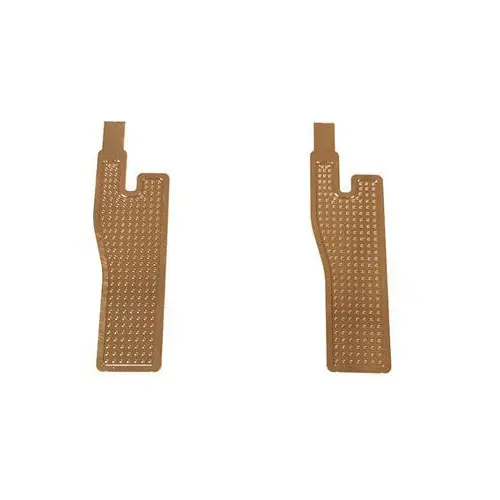
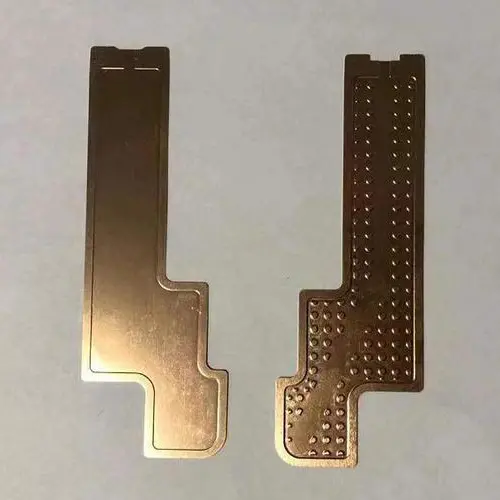
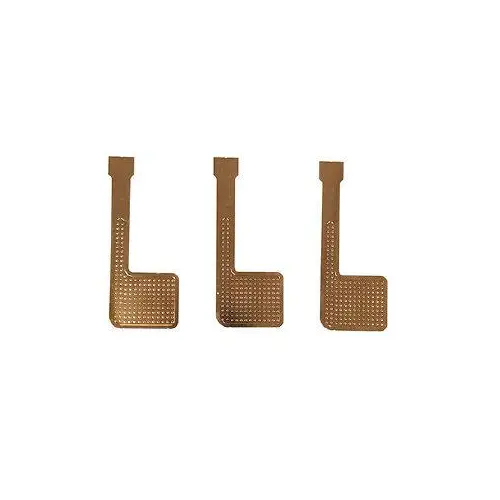
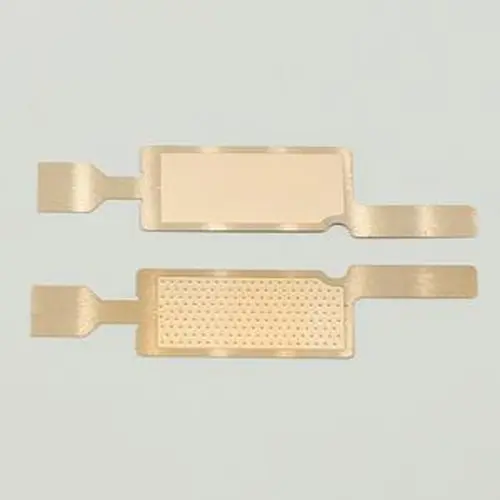
OEM:Customization Process
1. Streamlined Production Process:
Requires drawings in DWG/DXF/3D file formats, ensuring seamless integration with existing design systems.
2. High Production Capacity:
Capable of producing vapor chambers at a volume of 1800 square meters per day, meeting demands for large-scale manufacturing.
3. Rigorous Quality Assurance:
Utilizes advanced inspection equipment, including a Two-dimension inspection machine, to uphold stringent quality standards and ensure product integrity.
4. Secure Packaging Solutions:
Offers secure packaging options such as tape and reel, as well as blister packaging, safeguarding vapor chambers during transit and storage.
5. Expedited Sample Lead Times:
Provides sample lead times of 3-5 days, facilitating rapid prototyping and evaluation of vapor chamber designs.
6. Adherence to Industry Standards:
Complies with ISO 9001:2015 standards, demonstrating commitment to quality management and continuous improvement in manufacturing processes.
Vapor Chamber Business Market
Applications of Vapor Chamber
In addition to producing heat spreaders for smartphones and laptops, TMN also manufactures heat spreaders for various other industries, including but not limited to automotive, medical devices, industrial machinery, aerospace, and renewable energy systems.
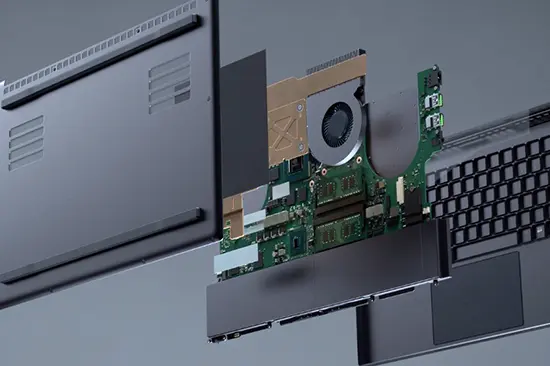
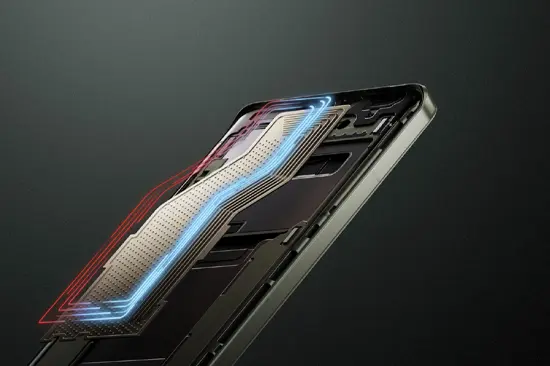
Global Business Distribution

Application Brands
Include but not limited to the following brands
